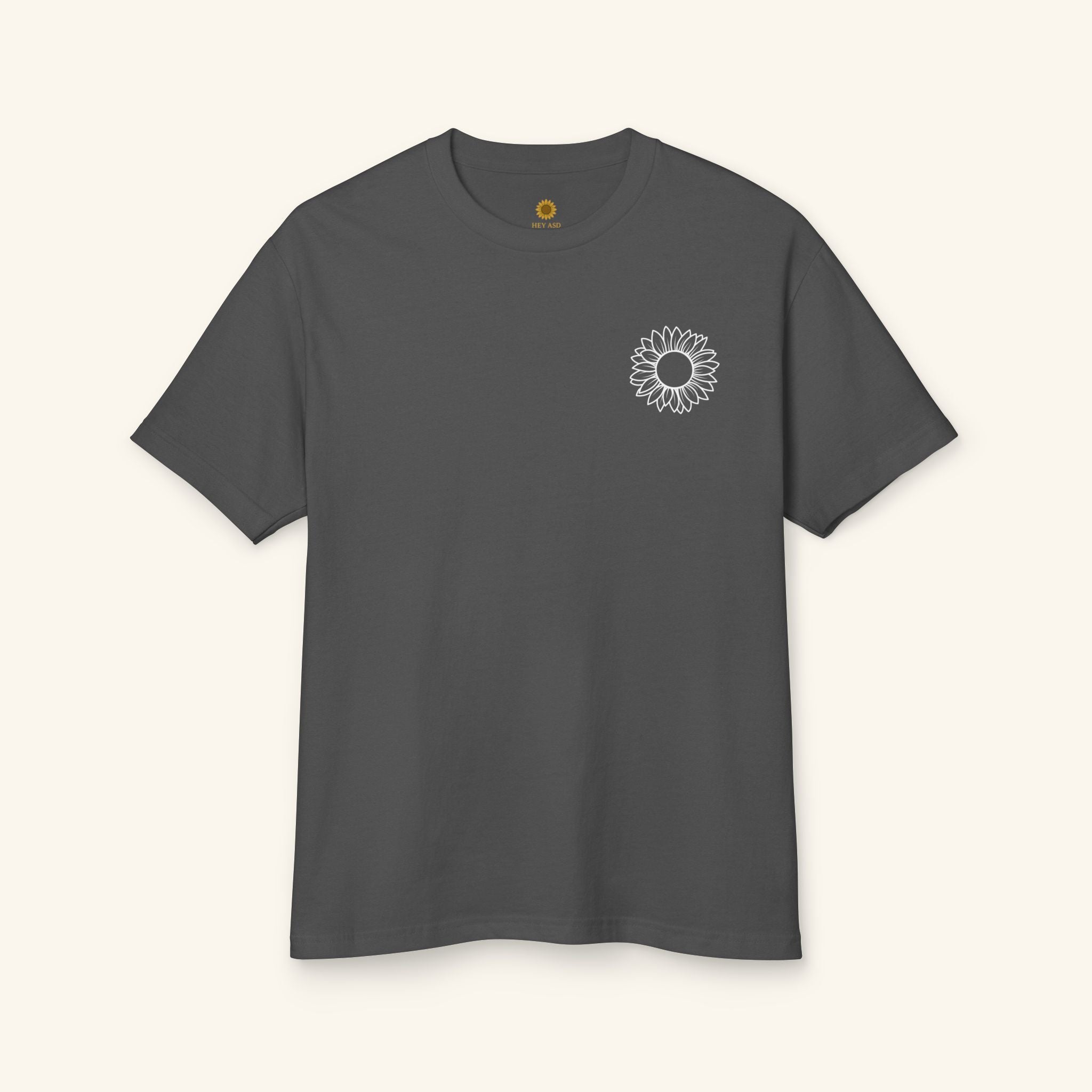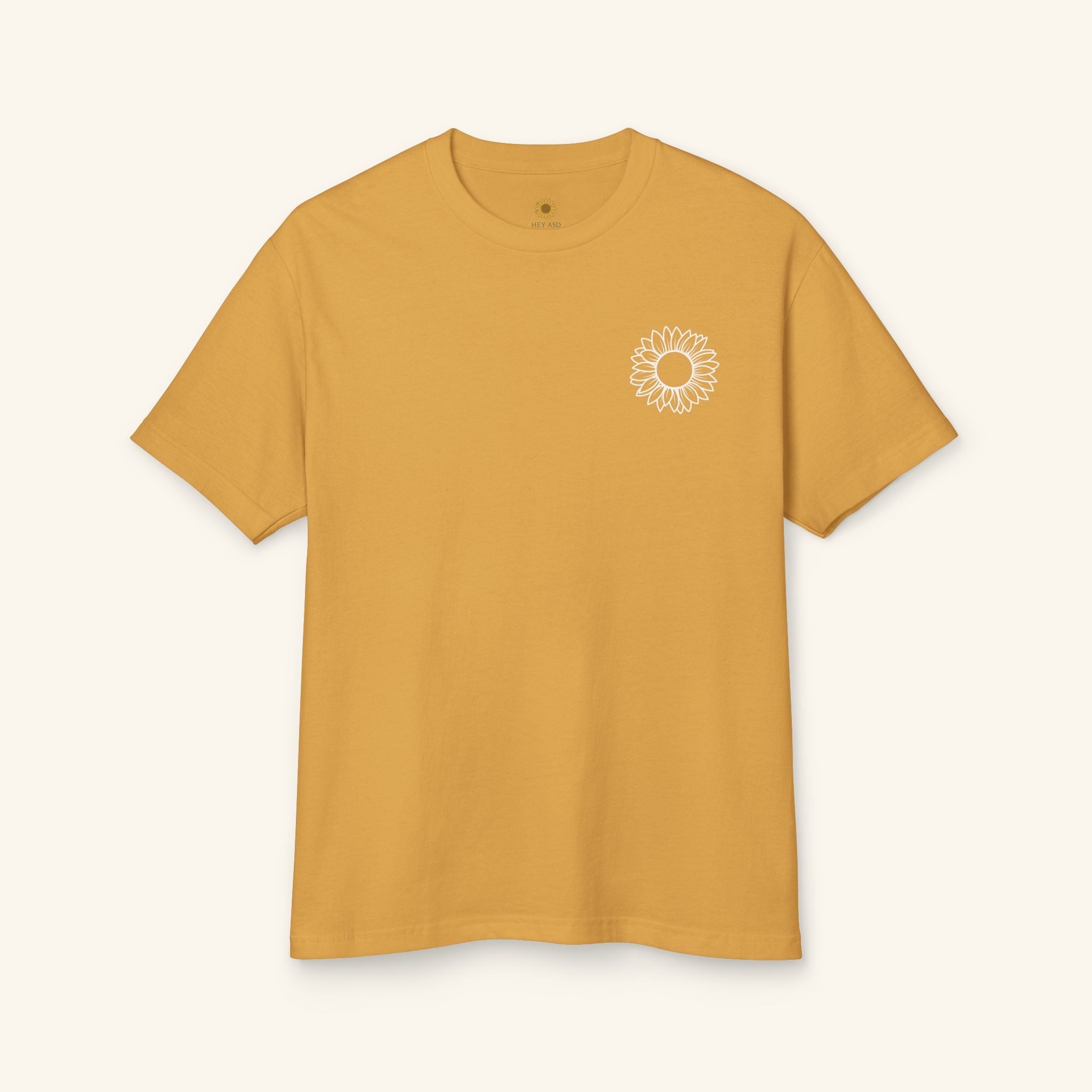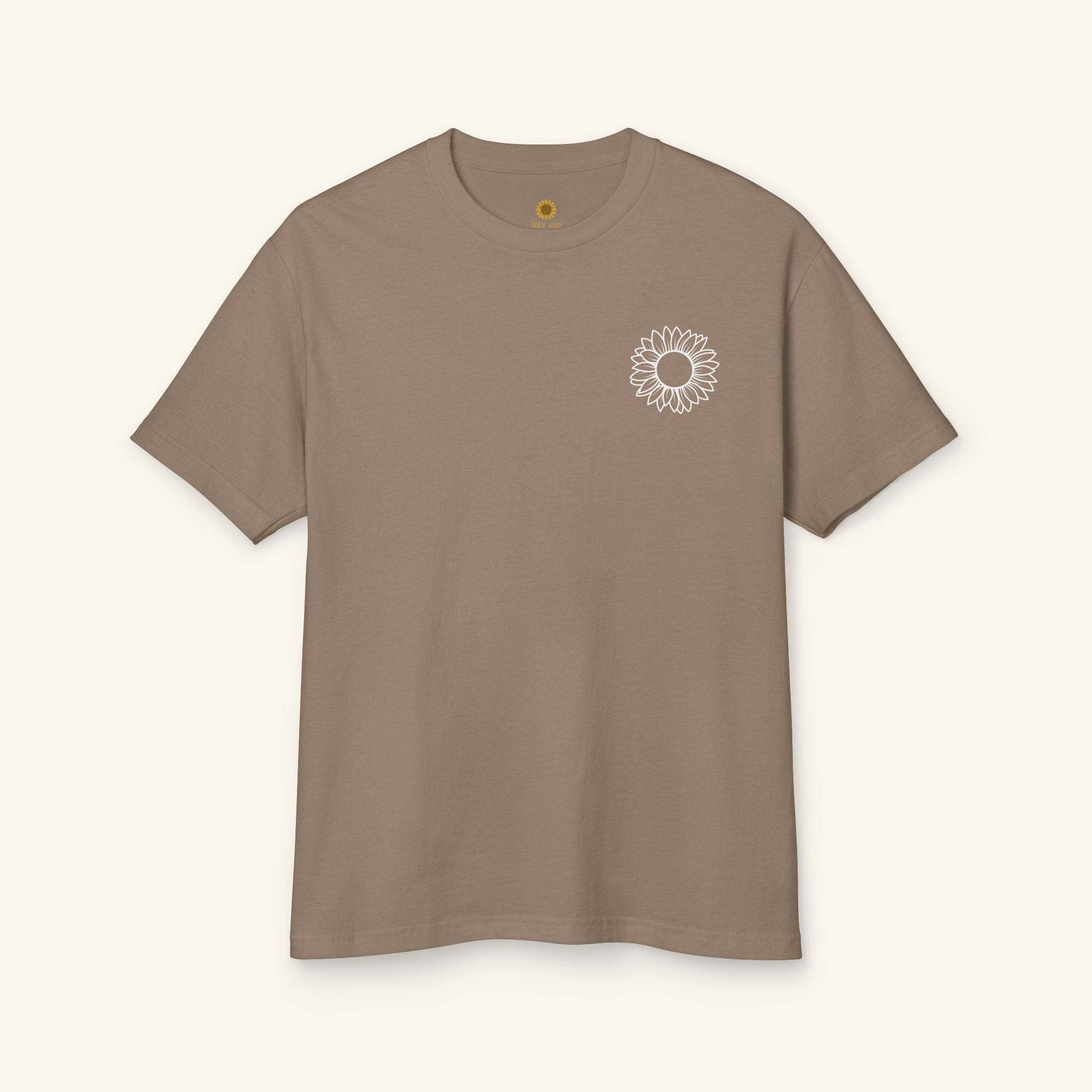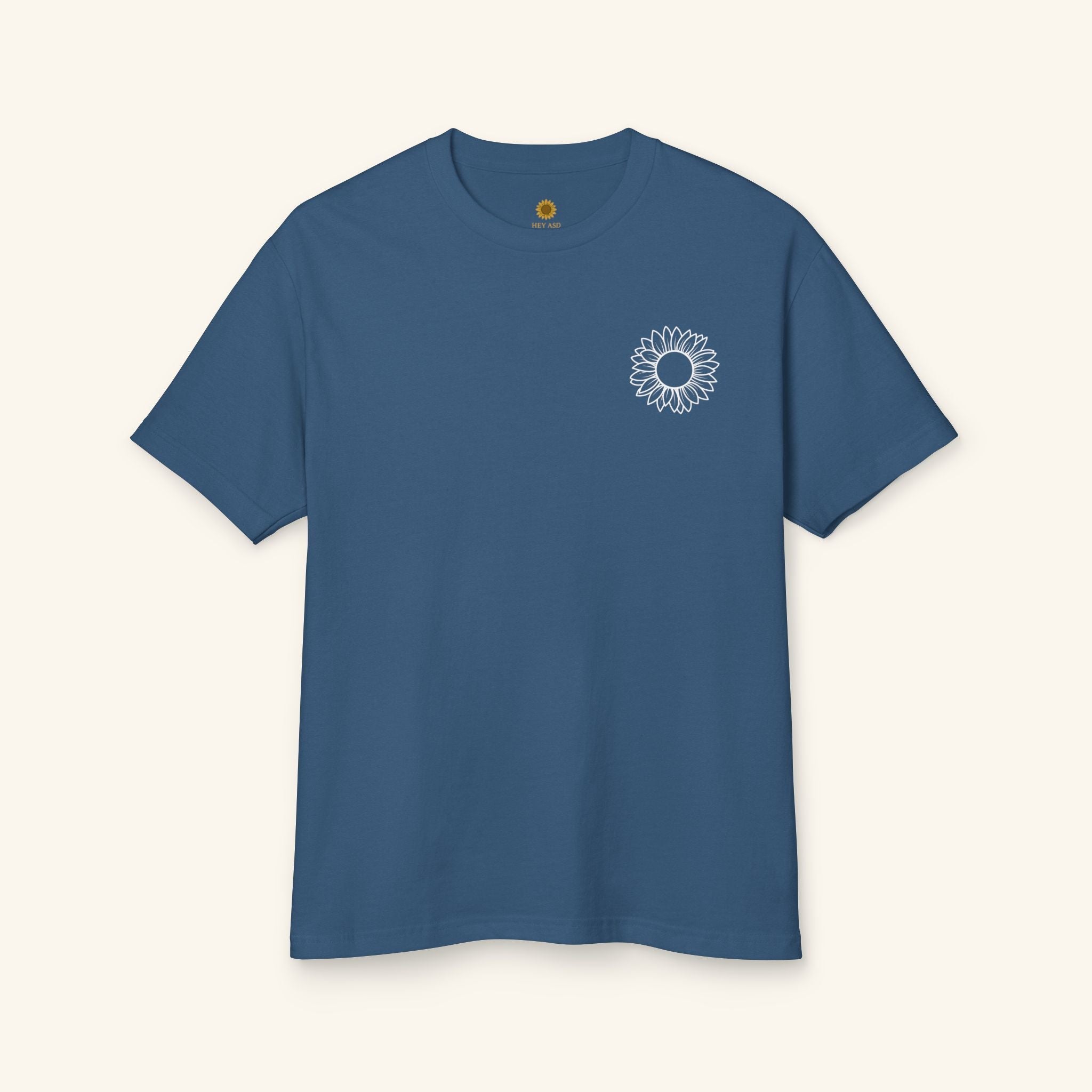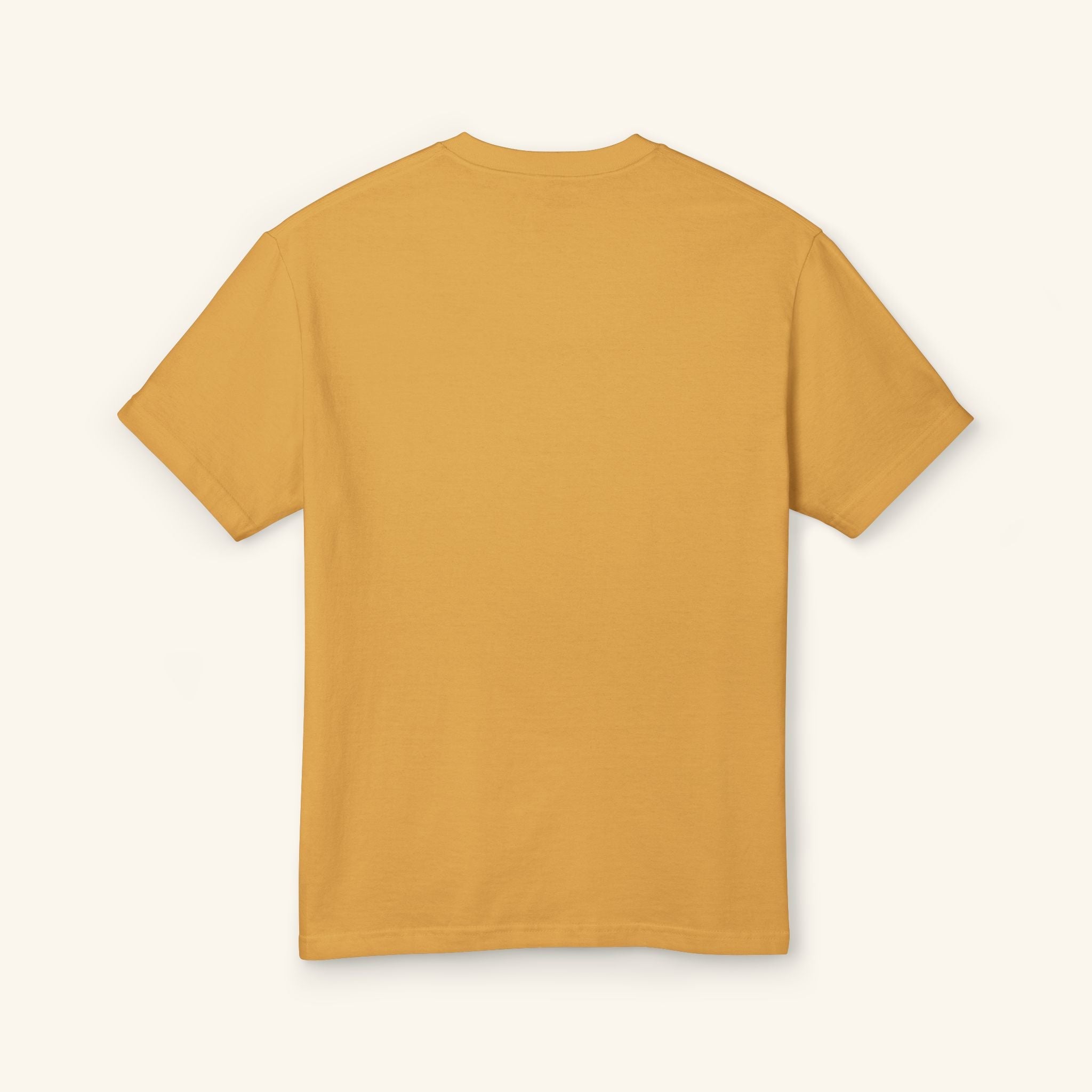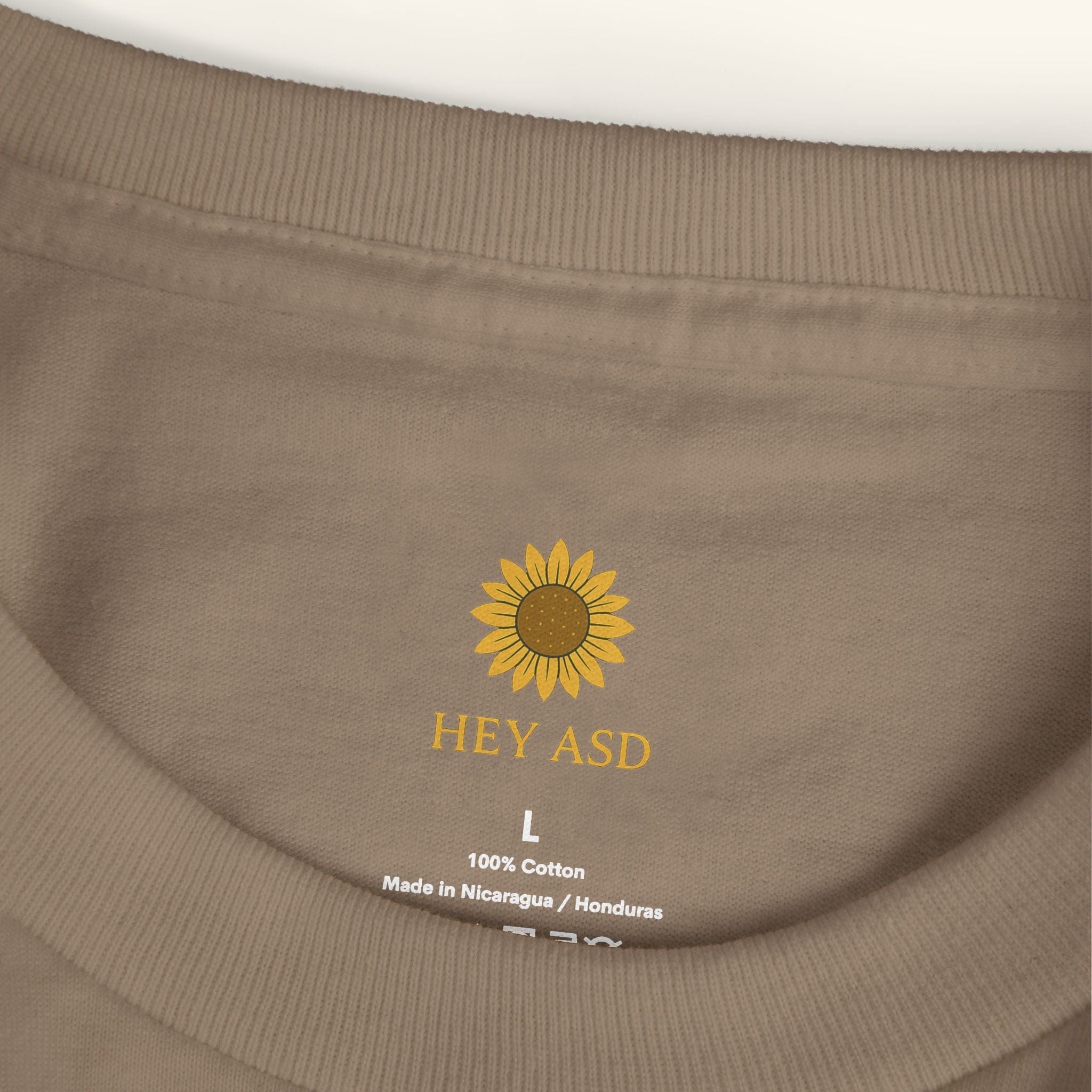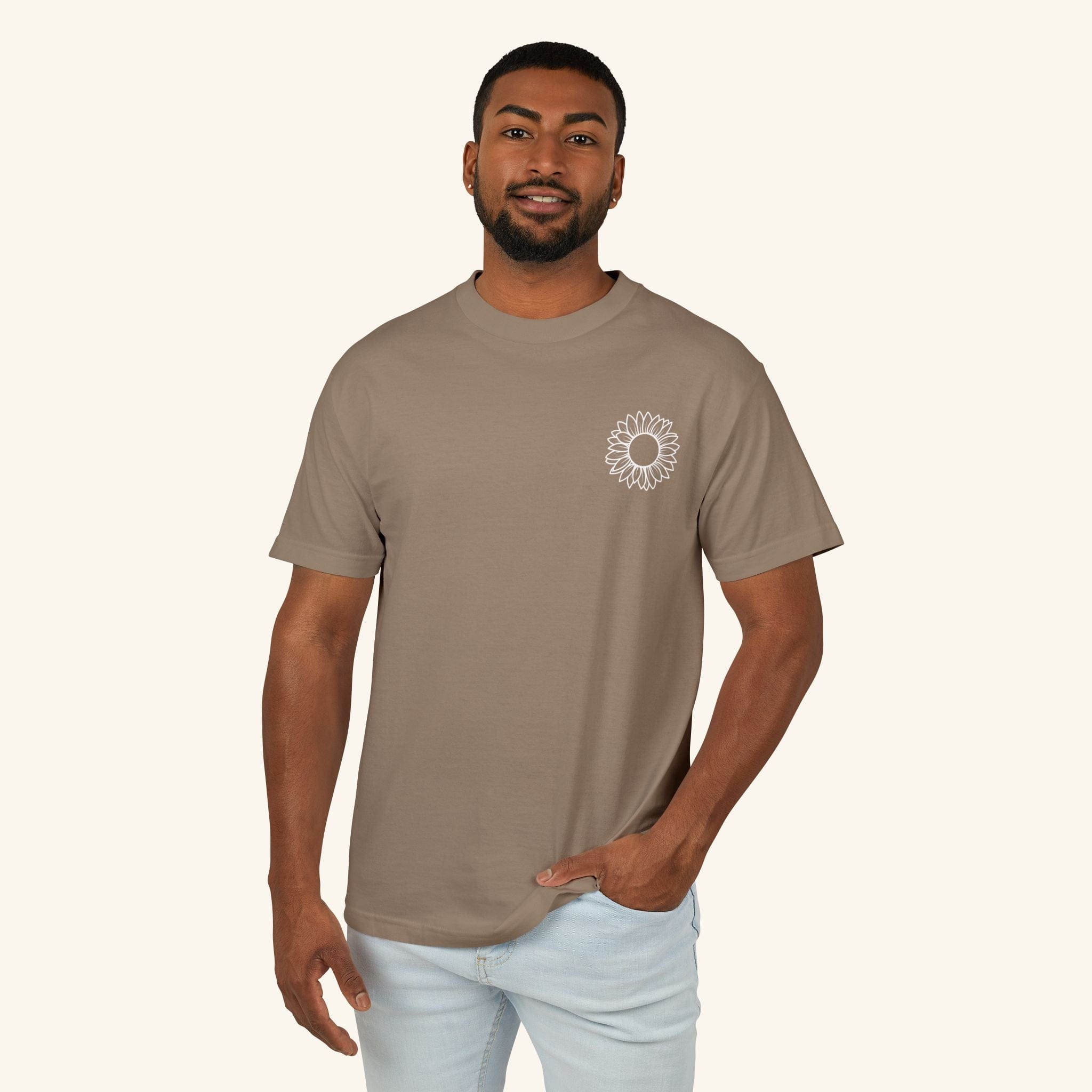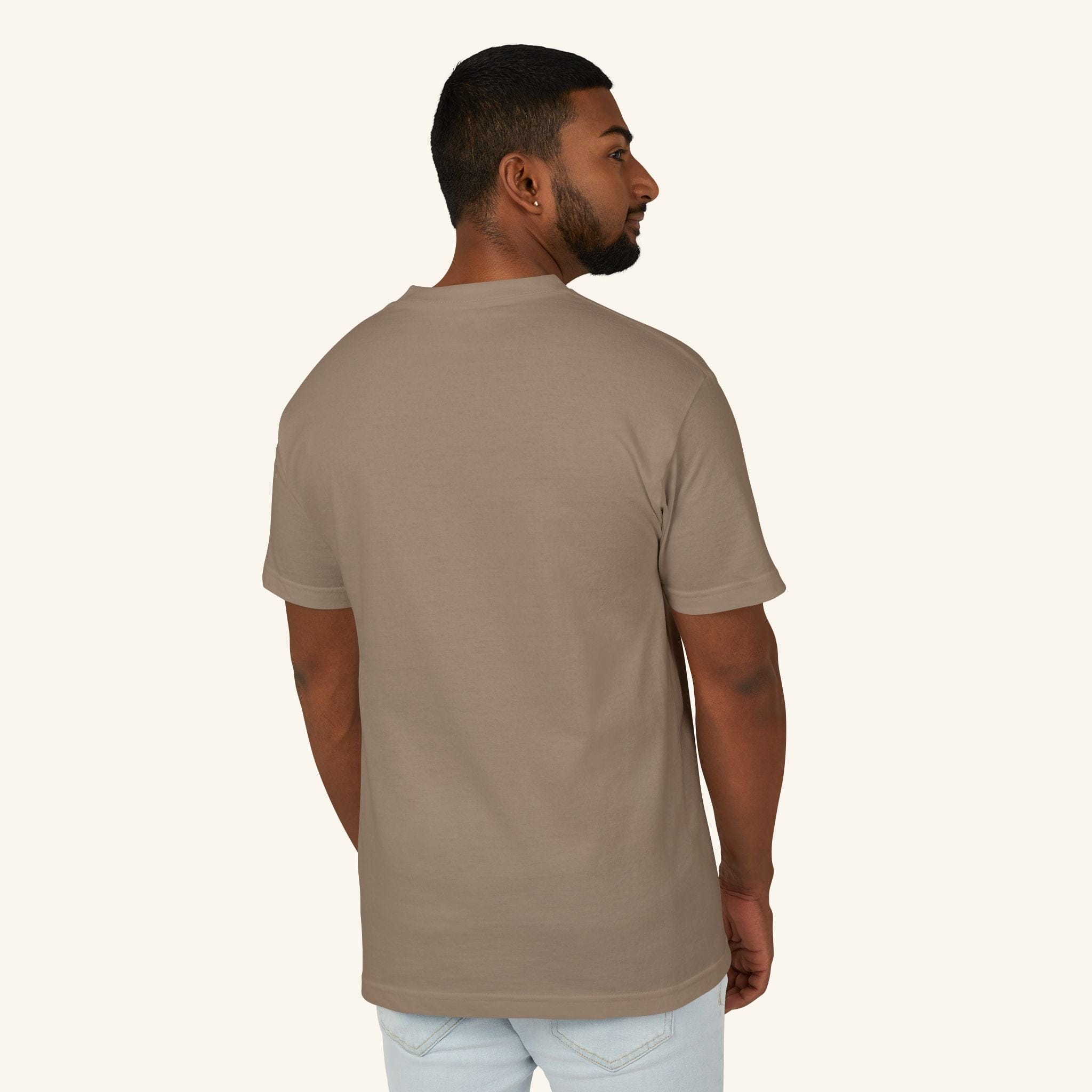Understanding the Autism Creature: Yippee, TBH & What It Represents

Written by the HeyASD Editorial Team
This character emerged from within the autism community itself—an organic creation that reflects a desire for self-expression, solidarity, and visibility. Over time, it has become a visual shorthand for communicating what autism feels like internally and externally, particularly in a world that often misunderstands or overlooks neurodivergent needs. Common triggers for the Autism Creature include loud noises, bright lights, strong smells, certain textures, and crowded spaces.
By giving form to traits often misunderstood—like sensory sensitivities, repetitive movements, or social communication differences—the Autism Creature invites empathy and deeper understanding. It has opened up conversations, challenged stigma, and helped others connect with the emotional and sensory realities of autistic life.
Understanding this symbolic figure is one more way we can better support, affirm, and uplift autistic individuals—and honor the full spectrum of their humanity.
Characteristics and Behaviors
The Autism Creature reflects a range of characteristics commonly associated with autism, such as differences in communication, sensory experiences, and self-regulation. These traits are not meant to define all autistic people but to offer a visual and emotional language that feels relatable to many.
For example, sensory sensitivities—such as discomfort with loud noises, bright lights, certain textures, or strong smells—are often central to autistic experience. The Autism Creature embodies these sensitivities, helping others grasp what may otherwise be invisible. It also describes the feeling of being overwhelmed by sensory input, making it difficult to think or communicate.
Behaviors like hand-flapping, rocking, or stimming are also commonly represented. These movements are not “wrong” or “odd”—they’re natural forms of self-expression and self-soothing for many autistic individuals. By depicting these in a non-judgmental, even endearing way, the Autism Creature helps normalize them.
Rather than viewing autism through a clinical lens alone, the creature reframes it as something layered, expressive, and valid—celebrating difference rather than pathologizing it.
What is the origin of the autism creature?
The concept of the Autism Creature began as a grassroots symbol within the autism community. It likely evolved as a creative and humorous way to share relatable autistic traits and coping mechanisms through art and storytelling. What began as a simple sketch or meme has since grown into a beloved and widely recognized figure.
Tangible representations—like plush toys and collectibles—have also emerged, offering comfort objects that feel emotionally affirming to autistic individuals. These are more than cute items; they’re physical manifestations of identity, pride, and support. Customers find the plush toy adorable and well-made. They also describe it as soft and pleasant to touch. The plush toy's size is appreciated, as it is noted to be perfect for bracelets. Customers say the plush toy helps them relax. The plush toy is considered durable enough to be machine washed.
The Yippee Creature, a specific iteration known for its joyful expression and the “Yippee!” sound effect, has gained massive popularity online. Fan art, remixes, and variations of the creature continue to spread, each adding layers to the character’s meaning.
This evolution reflects the broader shift in how autism is discussed: from a deficit-based model to one that embraces neurodiversity, humor, and self-representation.
Cultural Interpretations of the Autism Creature
Across cultures and contexts, the Autism Creature has come to symbolize many things—self-acceptance, difference, resilience, and pride. For some, it represents a gentle protest against societal norms that pathologize or silence autistic voices. For others, it’s a comforting mirror that says, “You’re not alone.”
Its wide, black eyes and neutral expression resonate with the internal experiences of many autistic people, who may struggle with emotional regulation or masking. Some interpret the creature’s blank face as emotionally open-ended—inviting projection, interpretation, and connection.
Though widely embraced in the online autism community, the creature has also sparked broader cultural conversations about how we define normalcy, how we design for inclusion, and how we represent invisible disabilities.
It’s a reminder that symbols can be powerful—not just for awareness, but for solidarity and joy.
The TBH Creature and Authenticity
The TBH (“to be honest”) Creature embodies a core autistic trait: radical honesty. For many autistic individuals, honesty is not just a preference—it’s a way of being. The TBH Creature reflects this, offering a visual metaphor for communication that is clear, direct, and deeply authentic.
Its neutral facial expression doesn’t try to conform to neurotypical expectations around social cues or emotional display. Instead, it stands confidently in its own style of expression.
In this way, the TBH Creature helps deconstruct ableist expectations of how people “should” behave or communicate. It promotes understanding, not pity. Acceptance, not assimilation.
The Yippee Creature and Online Presence
The Yippee Creature—joyful, expressive, and often depicted mid-leap with a jubilant “Yippee!”—has become an internet icon. It thrives across meme culture, fan pages, and community spaces, where it serves as a symbol of celebration, relief, or even emotional release.
For many autistic people, the Yippee Creature offers a sense of shared language. Posting or sharing it can be a way of saying, “This is how I feel,” without needing to explain. It’s especially powerful for those who struggle with verbal communication or emotional articulation.
Still, not every autistic person connects with the Yippee Creature, and that’s okay. The autism spectrum is wide and varied, and no single image or metaphor can capture every experience.
What matters is that it offers a path—one of many—for self-expression, humor, and connection.
Artistic Representations and Memes
Creativity has always been a vehicle for advocacy, and the Autism Creature is no exception. It has inspired countless artistic interpretations: from heartfelt comics and zines to surrealist edits and minimalist tattoos.
Through this art, autistic individuals explore their identities, share emotional truths, and push back against stereotypes. Memes, in particular, have become a powerful tool—using humor and simplicity to raise awareness, defuse stigma, and build community.
But with popularity comes responsibility. As the Autism Creature becomes more mainstream, it’s important that its use stays respectful. It should never be reduced to mockery or stripped of its meaning.
When treated with care, the creature becomes not just a meme—but a movement.
Medical Understanding and Diagnosis
Autism itself is a medical diagnosis—a neurodevelopmental condition with distinct traits related to communication, behavior, and sensory processing. The Autism Creature, however, is not part of any diagnostic manual. Instead, it serves as a cultural and emotional aid for understanding those traits from the inside out.
While it’s not a clinical tool, the creature can offer healthcare professionals insight into how autistic individuals conceptualize their own experiences. This perspective is invaluable for creating more compassionate, person-centered care. Creating sensory-friendly environments can help reduce sensory overload and make it easier for individuals with autism to cope.
A holistic approach to autism must blend medical understanding with lived insight—something the Autism Creature helps make visible.
The Little Guy and Relatability
Affectionately nicknamed “the little guy” by many fans, the Autism Creature has become a relatable and even comforting figure. For some, it’s the first time they’ve seen their inner world depicted in a way that feels both accurate and kind.
This sense of identification can be deeply validating, especially for people who grew up feeling out of step with the world around them. But again, not everyone relates—and that’s okay. The Autism Creature is one of many tools. It’s not meant to define autistic experience, only to help describe one slice of it.
Challenges and Misconceptions
Like any symbol, the Autism Creature is not without its challenges. Some critics argue that its simplicity may unintentionally flatten the complexity of autism. Others worry that it could become a token—used for aesthetics without deeper engagement or respect. Additionally, some individuals within the autism community find the term 'creature' to be dehumanizing and offensive.
These concerns are valid and worth discussing. It’s important to avoid reducing autism to a cartoon or using the creature in ways that feel performative.
The best way forward is through ongoing education, listening to autistic voices, and ensuring that representation remains authentic and nuanced. It is also important to communicate with individuals experiencing sensory overload to understand what they need to feel more comfortable.
People Love the Autism Creature
Despite critiques, many people—especially within the autistic community—genuinely love the Autism Creature. For some, it’s more than a meme. It’s a companion, a comfort object, or a piece of art that says, “You are seen.”
Parents, partners, and allies have also found value in the creature, using it as a way to start conversations, share pride, and normalize neurodivergence in everyday life.
Its continued presence in online and offline spaces reflects a deep hunger for symbols that resonate and uplift.
Autism Creature Special and Unique
What makes the Autism Creature so powerful is its uniqueness. It doesn’t try to mimic neurotypical standards or sanitize autistic traits. It embraces difference—in movement, in tone, in expression.
This uniqueness is what makes it special. By amplifying behaviors often misunderstood (like stimming) and reframing them as meaningful and beautiful, the Autism Creature helps society shift from pity to pride.
It is a gentle but radical reminder that comfort, not conformity, should be the goal.
The Autism Community and Support
The Autism Creature thrives because it was born of the community—not imposed from outside. It offers connection, humor, and shared understanding among those who may otherwise feel isolated.
Community support is essential for autistic well-being, and symbols like the Autism Creature can strengthen those bonds. Whether through fan pages, art swaps, or group chats, it gives people something to rally around—something soft, relatable, and real.
Promoting Acceptance and Inclusion
If there’s one goal the Autism Creature helps advance, it’s this: a world that sees autistic individuals as whole, capable, and worthy—just as they are.
Awareness alone isn’t enough. Acceptance and inclusion require ongoing action, cultural shifts, and deep listening. The creature can’t do this work alone, but it can be a starting point.
Its popularity reminds us that representation matters, especially when it’s community-led and compassion-focused.
Empowerment and Representation
The Autism Creature isn’t just about visibility. It’s about voice. It offers a form of representation that feels safe and affirming—especially for those who don’t see themselves in mainstream narratives.
Through the creature, autistic individuals reclaim the right to define themselves on their own terms. It invites self-advocacy, creativity, and pride.
And in a world that often mislabels or misrepresents autistic people, that’s a powerful thing.
Future Directions and Possibilities
The future of the Autism Creature is still being written. As awareness continues to grow, its role may evolve—shaped by the people who love, challenge, and reinterpret it.
Its greatest potential lies in its flexibility. It can be a plush toy, a meme, a metaphor, or a rallying cry. It can shift and adapt while staying rooted in one core truth: autistic lives are valid, valuable, and worth celebrating.
By letting the autistic community lead, the creature will remain a source of joy, strength, and connection.
Conclusion and Final Thoughts
The Autism Creature is more than a cute character—it’s a living symbol of neurodivergent life. It holds laughter, struggle, pride, and truth in equal measure. It reflects not just the challenges of autism, but the beauty of difference.
As the world continues to learn and grow, symbols like the Autism Creature can help light the way. They remind us that inclusion is not about fixing autistic people. It’s about changing the world so that every mind—and every “little guy”—has a place to belong.
Join Hundreds of Autistic Adults Feeling
More Comfort in Their Own Skin
Use code WELCOME10 for 10% off your first order.
Start Your Comfort JourneyFrequently Asked Questions
What is the autism creature?
The autism creature, often known as the Yippee or TBH creature, is an internet-born symbol embraced by the autistic community. It visually represents traits like honesty, sensory difference, and emotional complexity, offering a relatable and humorous way to express autistic identity and experience.
What is the origin of the autism creature?
The autism creature originated from an image of a simple, blob-like figure posted online, later dubbed the TBH creature. Its adoption by the autistic community grew through memes and fan art, evolving into a symbol of neurodivergent pride, emotional authenticity, and self-expression.
What does the Yippee creature mean?
The Yippee creature is a joyful version of the autism creature, often shared to express bursts of happiness or emotional release. For many autistic people, it symbolizes moments of comfort, excitement, or relief—emotions that may be difficult to verbalize in traditional ways.
Why is the TBH creature autistic?
The TBH creature is considered “autistic” not because of any official label, but because autistic people related to its blank expression, unfiltered honesty, and emotional neutrality. It became a metaphor for how autistic individuals often feel in a world that misinterprets their communication and behavior.
Why do autistic people say Yippee?
“Yippee” is often used by autistic people online as a playful, exaggerated expression of happiness or relief. The phrase, paired with the Yippee creature, became a lighthearted way to celebrate small wins, stim moments, or reclaim joy in an overstimulating world.
Is autism a disability?
Autism is a neurodevelopmental condition that is considered a disability in many legal and medical contexts, particularly when it affects daily functioning. However, many autistic individuals also view it as a form of neurodiversity—a different way of experiencing the world, not inherently broken or lesser.
On This Page
Frequently asked questions
What is the name of the autistic creature?
Where did the Yippee meme come from?
Why is the autism creature called TBH?
Who made the TBH creature?
Is the autism creature copyrighted?
What is the name of the Yippee character?
What is the Yippee autism creature?
What is the autism creature symbol?
What animal is TBH?

About the HeyASD Editorial Team
Autistic‑owned • Values‑led • Sensory‑friendly design
We are autistic creators, writers, and advocates dedicated to producing resources that are practical, sensory-aware, and grounded in lived experience. Our mission is to make information and products that support the autistic community accessible to everyone, without jargon or condescension. Learn more about our team.
This article is written from lived autistic experience and an evidence-aware perspective. It is for general informational purposes only and should not be taken as medical, legal or therapeutic advice.
Always consult a qualified clinician or occupational therapist for individual needs and circumstances.

About Our Autism Blog
HeyASD isn’t just a store, it’s a calm, supportive space created by and for autistic adults. Our blog shares sensory-friendly tips, identity-affirming stories, and heartfelt resources for navigating life as an autistic person. Whether you're late-diagnosed, exploring your needs, or supporting someone you love, you're welcome here.
Thank you for reading. We hope these resources bring comfort and clarity.






















